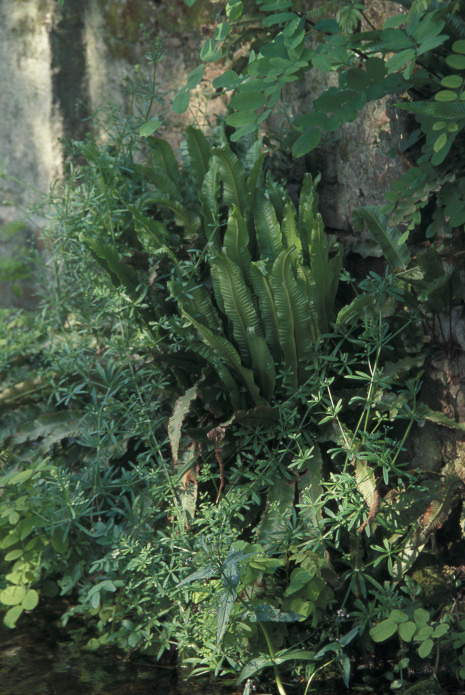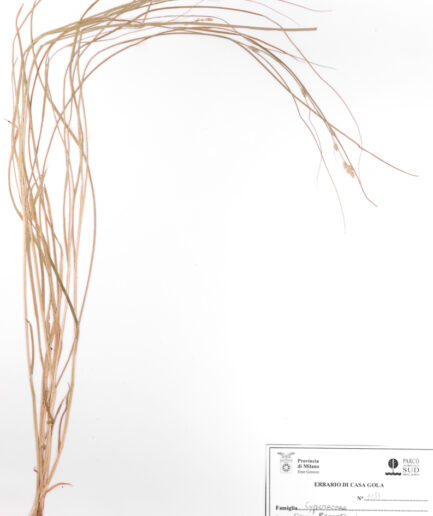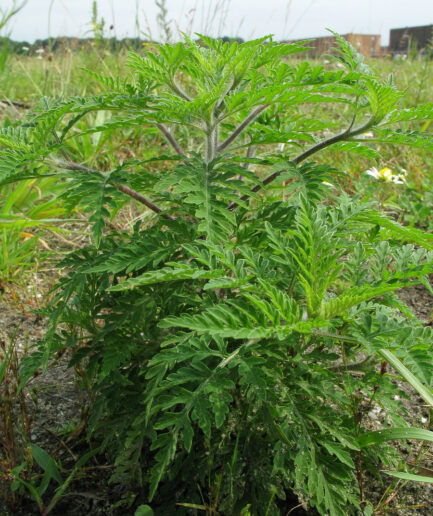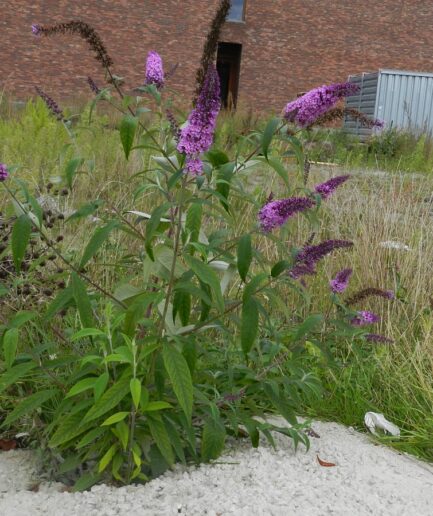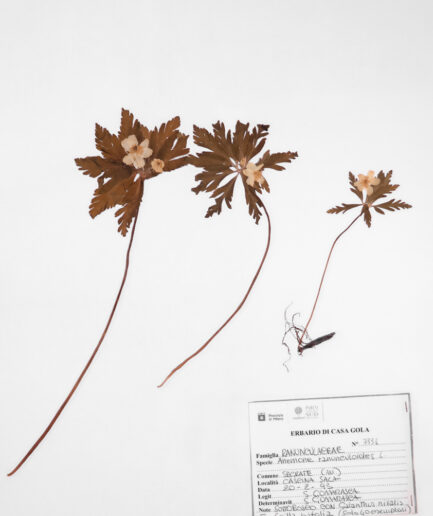Hart’s-tongue Fern
Scientific Name: Phyllitis scolopendrium (L.) Newman
Family: Aspleniaceae
MORPHOLOGY
Habit and Size: perennial rosette-forming hemicryptophyte with short, wide, and erect rhizome. Can grow up to 80/100 cm tall.
Stem: pubterranean rhizome, plant lacks an above-ground stem.
Leaves: stipe (10-20 cm) covered with scarious segments, undivided blade, 5 x 40 cm, with a cordate to reniform base, acute apex, slightly undulated margin.
Flowers: non-flowering plant.
Fruits and Seeds: absence of fruit, propagates through spores produced on the underside of the leaves arranged in linear clusters transversely across the leaves, resembling centipedes, hence the name.
DISTRIBUTION AND HABITAT
Widespread throughout Italy. Prefers cool, shady places near watercourses, wells, caves, from 0 to 1,300 m.
USE
Already cited in the time of Dioscorides for its medicinal virtues, “leaves drunk in wine are a remedy against snakebites and promote blood flow and against dysentery.” The Sienese physician Mattioli (1501-1578) in his work “Discorsi di Pier Andrea Mattioli sull’opera di Dioscoride” suggested using distilled water of fillipide for all passions of the heart. In truth, today it remains in modest use as an astringent, diuretic, expectorant, and as a first remedy for burns. Before taking any plant-based product (medicinal or non-medicinal) for therapeutic or similar purposes, it is always advisable to consult your doctor.
Photo: Kindly provided by Claudio Farinati





